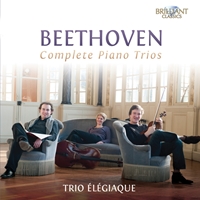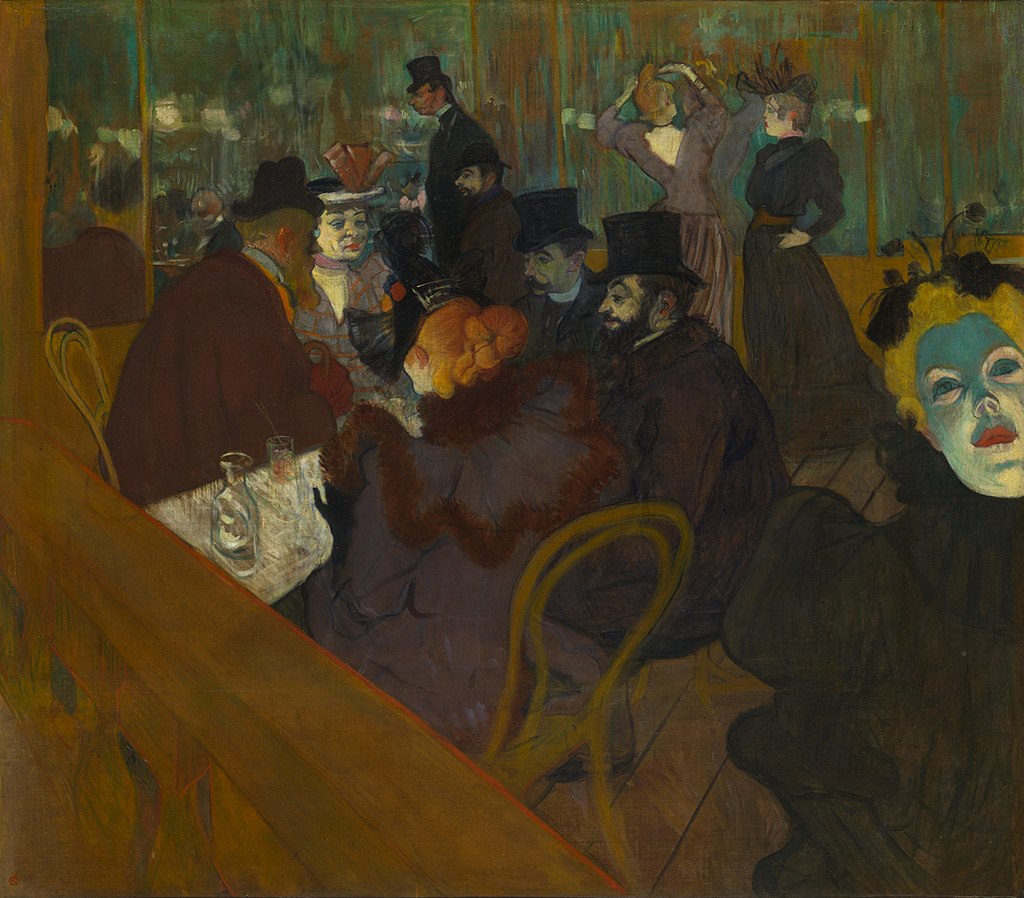=====================================================================
Today’s Blog and Podcast is a “crossover” montage,
intermingling our Friday series with an ongoing Tuesday Blog share discussed on
November 2nd. As we deploy five CDs worth of Beethoven piano trios on our
podcasting channel, part four of the set focuses on a pair of trios and a set
of variations.
To begin today’s montage, the Piano Trio in B-flat major,
Op. 11, is one of a series of early chamber works, many involving woodwind
instruments because of their popularity and novelty at the time. The trio is
scored for piano, clarinet (replaced here by the violin), and cello (sometimes
replaced by bassoon). Beethoven dedicated this piano trio to Countess Maria
Wilhelmine von Thun. The work is also sometimes known by the nickname
"Gassenhauer Trio". A "Gassenhauer" usually denotes a
(normally simple) tune that many people (in the streets, or Gassen) have taken
up and sing or whistle for themselves. In the third movement , Beethoven
provides nine variations on a theme from the then popular dramma giocoso
“L'amor marinaro ossia Il corsaro” by Joseph Weigl. This particular melody,
"Pria ch'io l'impegno" ("Before I go to work"), so popular
it could be heard in many of Vienna's lanes.
In the same vein, the "Kakadu Variations" is the
nickname given to Beethoven's set of variations for piano trio on the theme
"Ich bin der Schneider Kakadu" by Wenzel Müller. The work is the last
of Beethoven's piano trios to be published. The work is notable for the
contrast between its solemn introduction and the lightweight variations that follow.
Beethoven was known to recycle melodies, and
circulated in many editions and arrangements for different forces. To conclude,
the Septet in E-flat major, Op. 20 was one of Beethoven's most successful and
popular works. The second movement of the Piano Sonata No. 20 shares a melodic
theme with the Minuet of the Op. 20 Septet. In about 1803 Beethoven himself
arranged the whole septet as a Trio for clarinet (again, replaced her by the
violin), cello, and piano, and this version was published as his Op. 38 in
1805.
I think you will love this music too.


:format(jpeg):mode_rgb():quality(90)/discogs-images/R-1762958-1241781209.jpeg.jpg)
:format(jpeg):mode_rgb():quality(90)/discogs-images/R-6147218-1412256396-6772.jpeg.jpg)

:format(jpeg):mode_rgb():quality(90)/discogs-images/R-3989599-1397931315-3151.jpeg.jpg)


:format(jpeg):mode_rgb():quality(90)/discogs-images/R-9256374-1477478101-5377.jpeg.jpg)
:format(jpeg):mode_rgb():quality(90)/discogs-images/R-16533186-1608326657-9817.jpeg.jpg)




.jpg/1920px-Arnold_B%C3%B6cklin_-_Die_Toteninsel_III_(Alte_Nationalgalerie%2C_Berlin).jpg)
:format(jpeg):mode_rgb():quality(90)/discogs-images/R-6913989-1494388231-3512.jpeg.jpg)